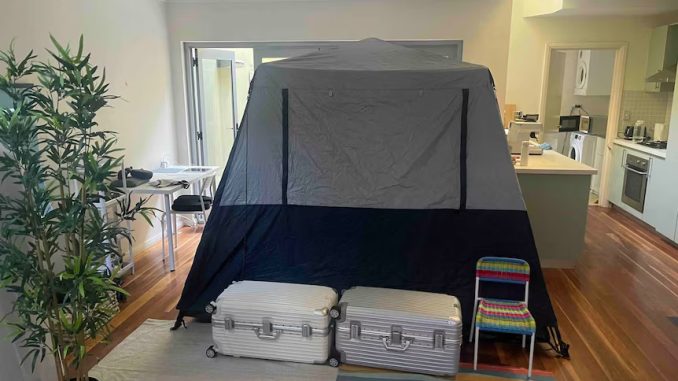
Angle: From the perspective of international students, this special report explores how international students in Australia struggle to survive amid rising rents, tight housing supply and poor information. By focusing on their life experiences, the story highlights how the housing crisis intersects with Australia’s international education strategy, revealing the policy gap between student enrolment and welfare support, which in turn provokes social reflection on international education support policies.
Narrative type: Feature report
Publishing platform and target users:
The story is intended for the Education/International Student column of ABC News online. The target audience is local Australian university students, international students, education practitioners and the public concerned about housing issues.
Newsworthy:
- Timeliness:Rent shows an increasing trend; A large number of international students have rental demand since the beginning of the new semester.
- Relevance:International students are an important source of income for Australian universities, but housing issues affect their basic living and academic status.
- Conflict:While the government is promoting “international education exports”, there is no housing security for international students.
- Humanistic care: Showing the real stories of international students renting, including being cheated, driven away, illegal group renting, etc., arousing the resonance of international students.
Source of information:
Interviews with People:
- Students from China or other countries studying in Australia (contact through social platforms, student organizations);
- University of Sydney Student Services staff;
- Representative of Australian housing assistance organisations such as Tenants’ Union of NSW.
Literature and online resources:
- Australia Rental Housing Report 2024
- Listing data from RealEstate.com.au
- Official information on the Australian Government’s accommodation support policy for international students
- Media have reported references (ABC News and SBS):
ABC News reports that due to soaring rents and a severe housing shortage in Australia, some international students, like Zoe Jiang, have been forced to live in makeshift accommodations such as tents set up in living rooms, paying up to $300 per week for such arrangements.
SBS reports that a recent study by the University of South Australia and the Student Accommodation Council finds that international students are not responsible for Australia’s housing crisis, as they constitute only 6% of renters nationwide and nearly 40% reside in student accommodations.
Visual and Multimedia Design:
Comparison chart:Through the comparison chart of student dormitory and market rental prices, readers can clearly understand the prices of various housing sources in the current market;
Video Interview Clip: Through a video interview with an overseas student, the story of “Why I choose to live in the living room” attracts readers’ interest and arouses resonance;
Interactive map feature: Through the interactive function of the map, the rent level and the distribution of universities in each district of Sydney are displayed, which increases the interest and interactive reading of the article.
Hypertext and interactive features:
- Hyperlinks to rental rights guides, legal aid resources, and student housing portals;
- A survey: “How much rent do you pay each week?” To encourage readers to reflect;
- The comments section invites readers – especially students – to share their housing stories.




This proposal addresses the critical gap between Australia’s thriving international education industry and student well-being. Making it highly relevant and newsworthy. A program centered around real student experiences will enhance the authenticity and emotional depth of the content, inspiring readers to resonate and reflect. Multimedia elements such as comparison chart, video interview clip and interactive map will make the coverage more dynamic and easier to understand. The selection of sources is strong and balanced, which ensuring trustworthiness. Overall, this proposal is well-structured, engaging and demonstrates a deep understanding of the target audiences of the platform and journalistic values.